Wilson Energy Launches New Range of HIUs
After several months working with Europe’s leading heating engineering groups, WilSon Energy has launched its own range of Heat Interface Units (HIUs), suitable for any heat network in residential homes and commercial developments.
The high quality, low maintenance range of HIUs for the UK market offer a versatile, cost effective and energy efficient solution for new build or refurbishment projects.
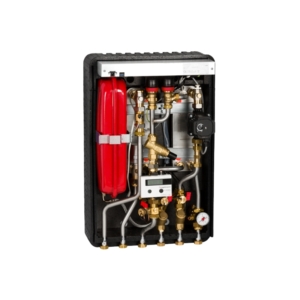
The WilSon HIU W1 to W6 deliver a range of electric twin plate, single plate, mechanical twin plate and hybrid HIU options, ideal for heat pump applications, as well as heat network upgrades.
Andy Wilkinson, CEO at WilSon Energy, said: “Designed by experienced engineers with simplicity of installation and servicing in mind, WilSon’s new range of HIUs are easy to install and configure. They can connect to any type of meter through a MBus or Modbus open communication connection, providing easy access to data for meter readings, remote diagnostics and data analytics. Following BESA testing, we’re also really pleased that the units offer the highest energy efficiency performance in the market by VWART (Volume Weighted Average Return Temperature).”
While simple to install with an optional pipe-conversion kit for any connection top/bottom configuration and easy to set up, the WilSon HIU range also has some sophisticated features. Removable panels provide easy access into the HIU for maintenance and servicing and a Legionella flush prompt signals when the system is first set up or been inactive for a long period. Each unit is available with a range of covers and colours including black EPP, black EPP with white gloss front and white steel.
Andy continues, “Remote access to the unit via the cloud means that heat network performance and efficiency can be monitored and managed off-site with the delivery of real time information. What also sets the HIUs apart from others on the market, is that it can be set up to bring back 45 parameters for data analysis and troubleshooting, where other market leading HIUs only offer 9 parameters. All settings can also be securely adjusted remotely”
The WilSon W1 is the first in the range to fully launch this autumn. This compact electronic, twin plate heat interface unit is an indirect transfer unit for supplying heat. It fulfils two purposes at once: decentralised DHW heating based on the instantaneous water heating principle and decentralised indirect heat distribution in residential units.
The WilSon HIU range is in stock and available to order for next day delivery from WilSon Energy.
For more information about WilSon Energy’s services, visit: https://wilsonenergy.co.uk/.

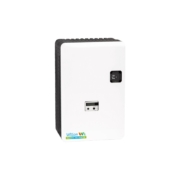 Wilson w1 front hiu unit
Wilson w1 front hiu unit 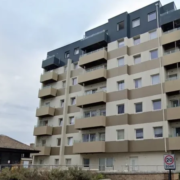
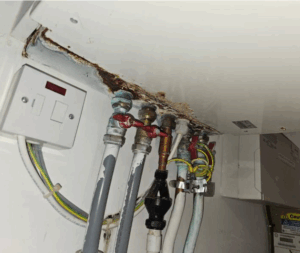
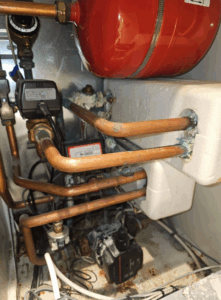
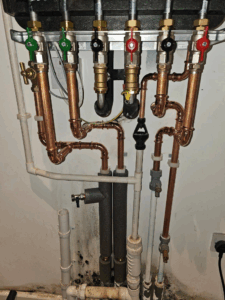
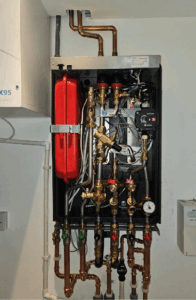
 The Triplets
The Triplets Kings Cross Luma Residential Development
Kings Cross Luma Residential Development Smart Meters in Action
Smart Meters in Action